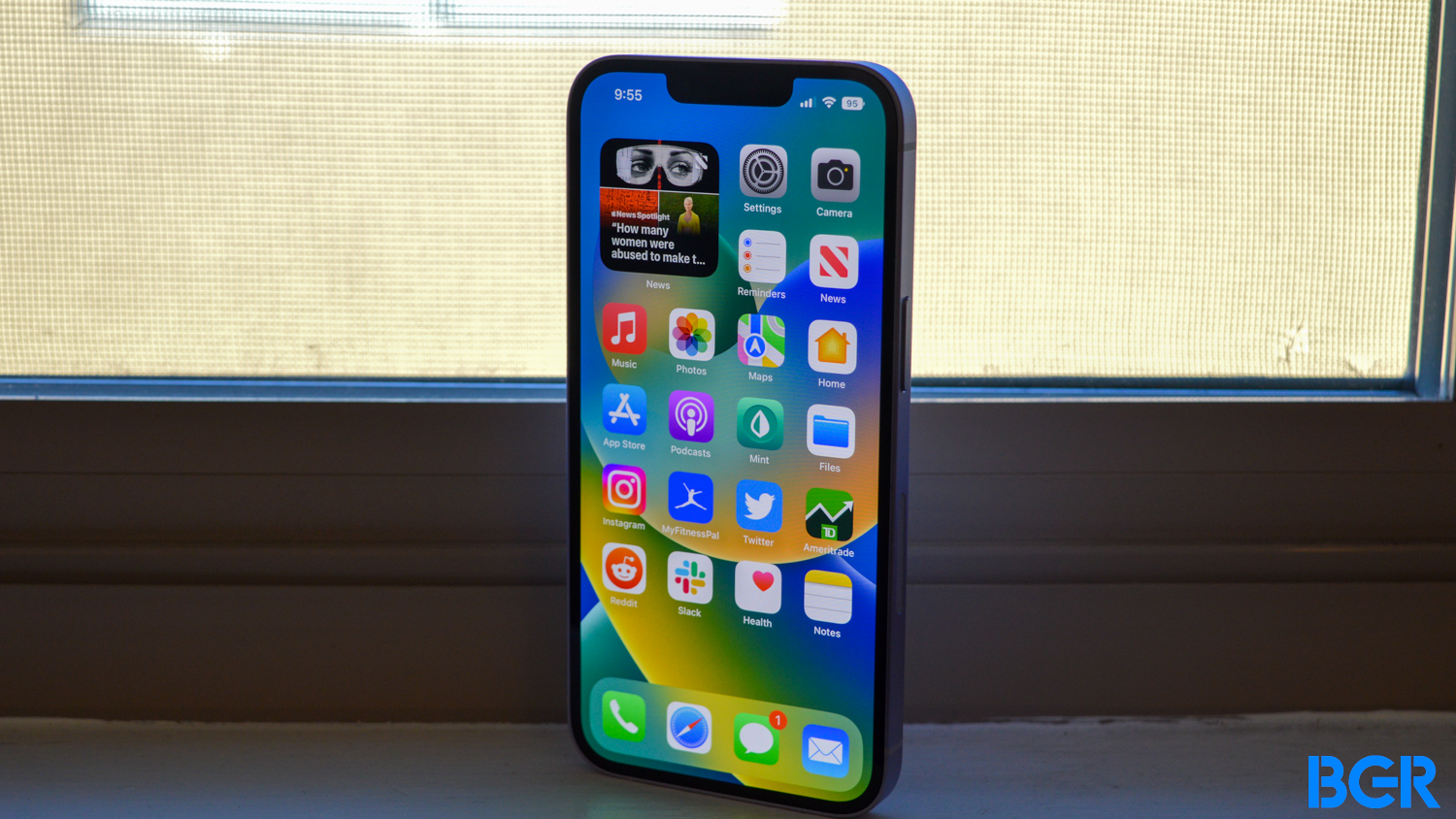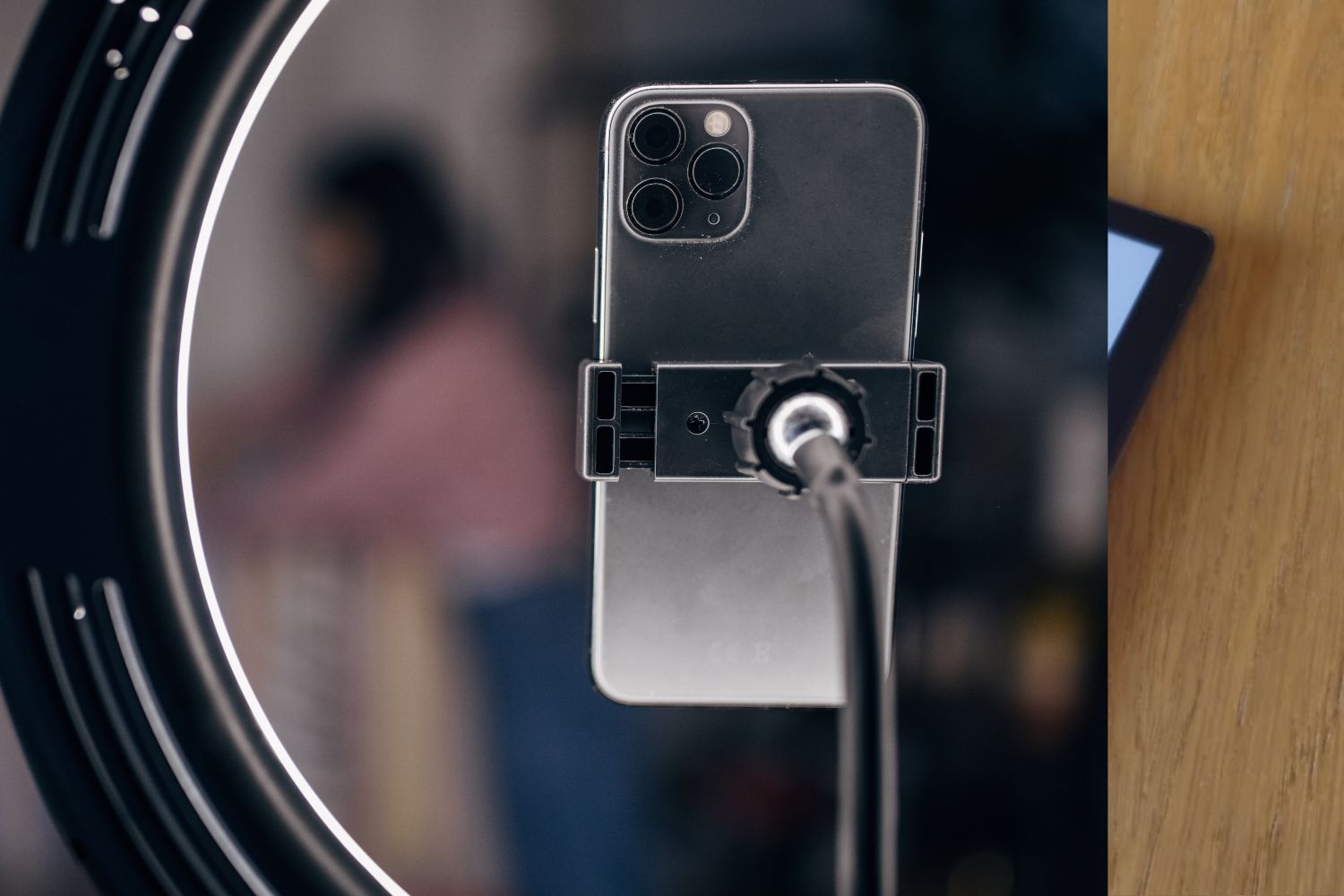The Christmas campaign starts. With it will arrive new mobile phones, unfortunately quite sweet for friends of other people’s things. Every day I come across bad practices that make life easier for thieves, basic settings that must always be active to guarantee that our mobile phone will be reachable and protected.
We are going to tell you how you can protect yourself in case your phone is stolen or lost. They are basic and simple configurations that you can do now, and highly recommended to protect the phone.
The location, active. There are many cases that I encounter of users who, believing that they will be more protected, deactivate the location of their phone. I’m afraid that as long as you have a network connection, you are tracked. Likewise, even if you deactivate location in Android’s quick settings, GPS is still active so that apps can work.
The only thing you can generate is conflicts with applications like Find my Device, the most important app on your phone to locate it in case of theft or loss. Whether you like it or not, and ironically, if you want to be protected the best way is to leave the location as it is on your phone.
Locate the phone’s location apps. Both iOS and Android have applications to find your phone in case of loss and, in extreme situations, be able to format and lock it remotely – as long as it is turned on. In Android we talk about Find my Device, and in Apple we talk about the Search network.
It is important that you have these two tools located so that, as soon as you don’t know where your device is, you can use them. These apps require your Google or iCloud account and an internet connection. This detail may seem minor, but every day I encounter users who do not know their Google or iCloud password.
Allow yourself to be horrible at passwords, but not these ones.
Write down the IMEI of your phone. In the past, operators could block phones by IMEI. Nowadays they don’t have it that easy, but it’s always good to have it. Likewise, with the IMEI it is always easier to locate the phone in case of a complaint. The IMEI of your mobile is on the box, but you will also find it in the settings by searching for “IMEI”.
Android and anti-theft features. If you have a latest generation Android mobile, in the settings write the word “theft”. There, in Google Play services, you will find the new anti-theft protection section.
This allows you to block the device if the mobile detects that someone has stolen it. Likewise, it allows you to remotely lock the phone quickly, just by using our phone number.
Likewise, a tip that you may not have expected is to deactivate facial recognition. Unless you have a phone with ToF 3D on the front, your facial recognition is quite insecure.
The contents, in the cloud. Whether we like it or not, if we have everything locally, we are exposed to the fact that if our cell phone is lost or stolen, everything will go to waste. In my case, I have all important content in the cloud, including contacts and passwords. It is especially important that at least the contacts and photos that you do not want to lose are well protected.
Image | WorldOfSoftware
In WorldOfSoftware | My phone has been stolen: complete guide to know what to do and how to avoid it


/cdn.vox-cdn.com/uploads/chorus_asset/file/25334823/STK466_ELECTION_2024_CVirginia_D.jpg)









